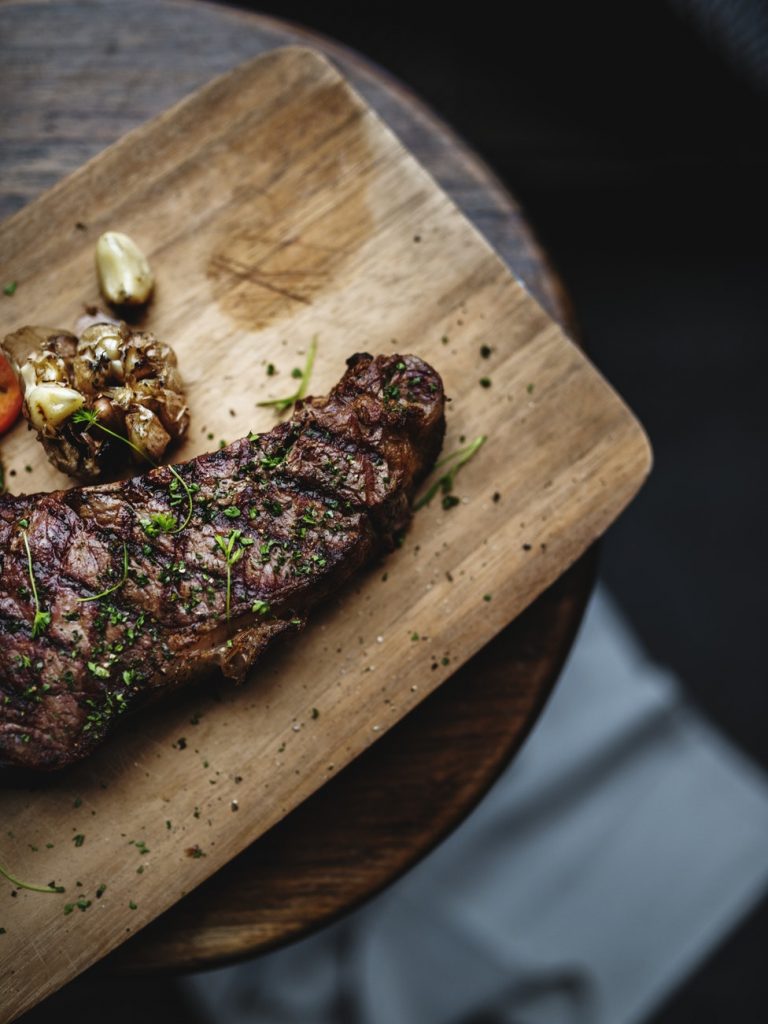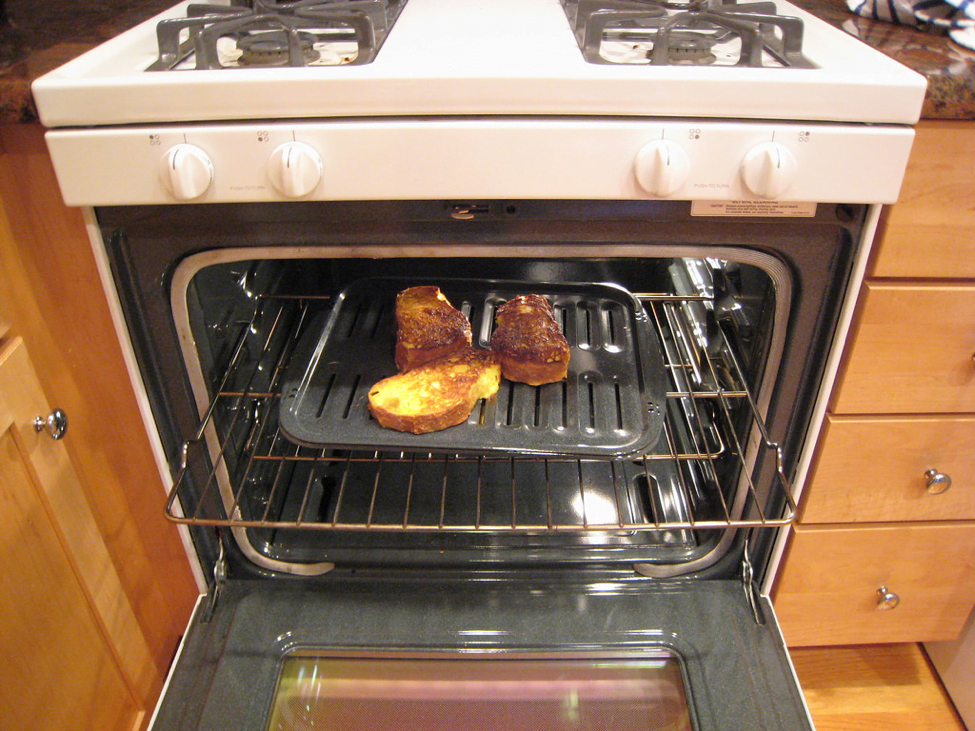Things needed to learn about broiling

Most of the food lovers have little knowledge about broiling and seem to be interested into this process of cooking. Though some people misunderstand it as a meat recipe but it’s completely wrong. It is actually a cooking process as grilling is one kind of cooking process. And some people also consider grilling and broiling to be the same thing.
It is a real confusing thing right? But will be no more from today.
So today I will help you to understand everything about it. You can clear the concept about broiling if you don’t know much about it and your info about broiling will get enriched if you know about it already. So let’s dig into broiling:
What is broiling?
Broiling is a process of cooking. In this process the meat or poultry is cooked directly under red hot heat. It is a direct cooking process which takes heat directly from oven broiler. This is the main reason it is completely different from grilling.
Broiling is preferred mainly for its short cooking time as it is heated directly from the broiler. It takes very less time and we know that steak is a time consuming dish but you can try broiling the steak if you want to prepare it in lesser time. It usually takes 15- 30 minutes to prepare broiled food.
Another thing about broiling is it generally doesn’t require marinating the meat. So to broil the steak you don’t need to marinate it. So apart from reducing the time of cooking it reduces the tedious time that takes to marinate the meat.
How to broil
This is less complex process than the grilling. But there are certain things that must be ensured to bring out the best of a broiled food recipes.
“The tender cuts”:
The cutting of meat is very crucial and should be carefully handled. Because broiling doesn’t need to be marinated so you have to be more précised in cutting the meat layer as well the fat layer so that the heat can enter into the meat properly.
There are several popular ways of cutting the meat for broiling. Those cuts are the popular because that ensures the proper heating of the meat. Those are:
Rib eye: This is boneless cut of beef which is attached to less fat layer that helps to be cooked faster. This cut makes a soft and juicy steak with short time.
T- bone: This cut looks like T. It is a portion of front and contains small part of tenderloin. This cut can be cooked in middle-temperature with less time because of its softness.
Porterhouse: This cut is considered as the “Top” choice for the steak whether it is for grilling or broiling. The best thing about this cut is despite of being a thicker part it doesn’t take much time to get boiled. And obviously it is one of the tastiest parts of beef.
Cutting and sizing: It is not the end by just choosing a perfect piece of beef to prepare. You have to carefully size it and cut the piece for the perfect broiling.
First thing is the fat layer. It is not recommended to keep excess amount of fat layer as it can be burnt by flame. So trim the fat layer from the meat.
Secondly draw some vertical cuts on the edges of the meat so that it can absorb the heat and other ingredients through those cuts. You can draw slices over the meat layer to ensure more ingredients to get entered if you want.
In this cutting use the sharpest knife that won’t mash the meat grain. So I suggest you to use special knives for cutting steaks. If you haven’t got one yet then buy the best knife set for the money you will spend.
Lastly and I believe most importantly the thickness of the meat. The perfect thickness of the steak for broiling is 1-1/2 inches. You shouldn’t cut the piece thicker because that will more time and can require marinating.

Source: flickr. com/photos/walkering/2743382334
Temperature:
As broiling is done on the oven so you have to deal with temperature. Of course it is not brown sugar which doesn’t go bad. So trust me it is very much important to put the perfect temperature broiling because if the temperature is more then it will be overcooked and if the temperature is less then it will take longer time.
There are various cuts of beef that takes different temperatures and timing to get perfectly broiled. So I will inform you that specifically:
The temperature can be divided into three types:
- Medium-rare temperature: 145°F
- Medium temperature: 160°F
- Well temperature: 170°F
For Porterhouse: Thickness: 1 inch
Preferred temperature: Medium rare
Duration: 15-20 minutes
Thickness: 1-1/2 inch
Preferred temperature: Medium
Duration: 25- 30 minutes
For Rib-eye:
Thickness: 1 inch
Preferred temperature: Medium-rare
Duration: 12- 15 minutes
Thickness: 1-1/2 inch
Preferred temperature: Medium-rare
Duration: 20- 25 minutes
For T-bone:
Thickness: 1 inch
Preferred temperature: Medium-rare
Duration: 15- 20 minutes
Thickness: 1-1/2 inch
Preferred temperature: Medium
Duration: 20-25 minutes
The setting of oven:
Use nonstick cooking pans in the oven. Then spray pan with nonstick cooking spray. If you don’t have nonstick pan then you can use aluminum foil on the top of the broiler pan.
Don’t forget to cut slits through the foil so that fat can drain. Now remember that the meat shouldn’t be place close to the flame. You must put that 2-3 inches far from the flame. Adjust it when the oven is cold.
If your oven has broil mood then you must use it to start process as it will be easy for you broil in that mood.
Conclusion
Personally I believe that broiling is better for you to enjoy the steaks regularly. Grilling takes a lot to do.
On the other hand broiling doesn’t take much time and can be done using your oven. It is simply a hassle free way to enjoy meat. So learning about boiling enables to try various new recipes with minimum effort at your home.
You can try recipes like broiled steaks with mushroom or broiled steaks with spicy corn. And most popular one is London broil. So learn how to cook London broil and other items and enjoy every bite of them.
More Interested Articles:
http://healthchanging.com/3-reasons-vegetable-purifier-must-kitchen-appliance/
http://healthchanging.com/healthy-tips-benefits-grill-pan-cooking/
http://healthchanging.com/6-coconut-oil-uses-beyond-cooking/